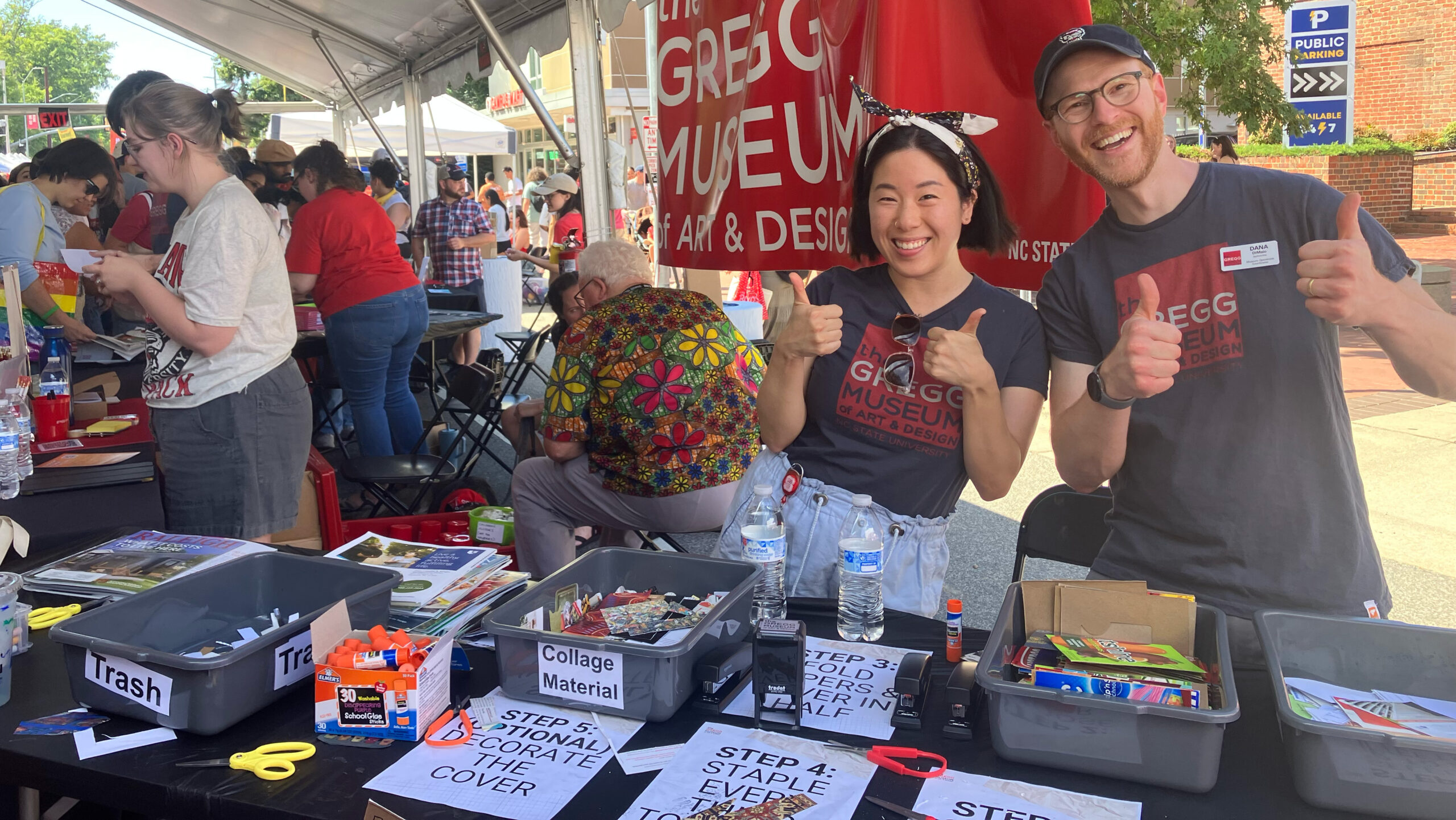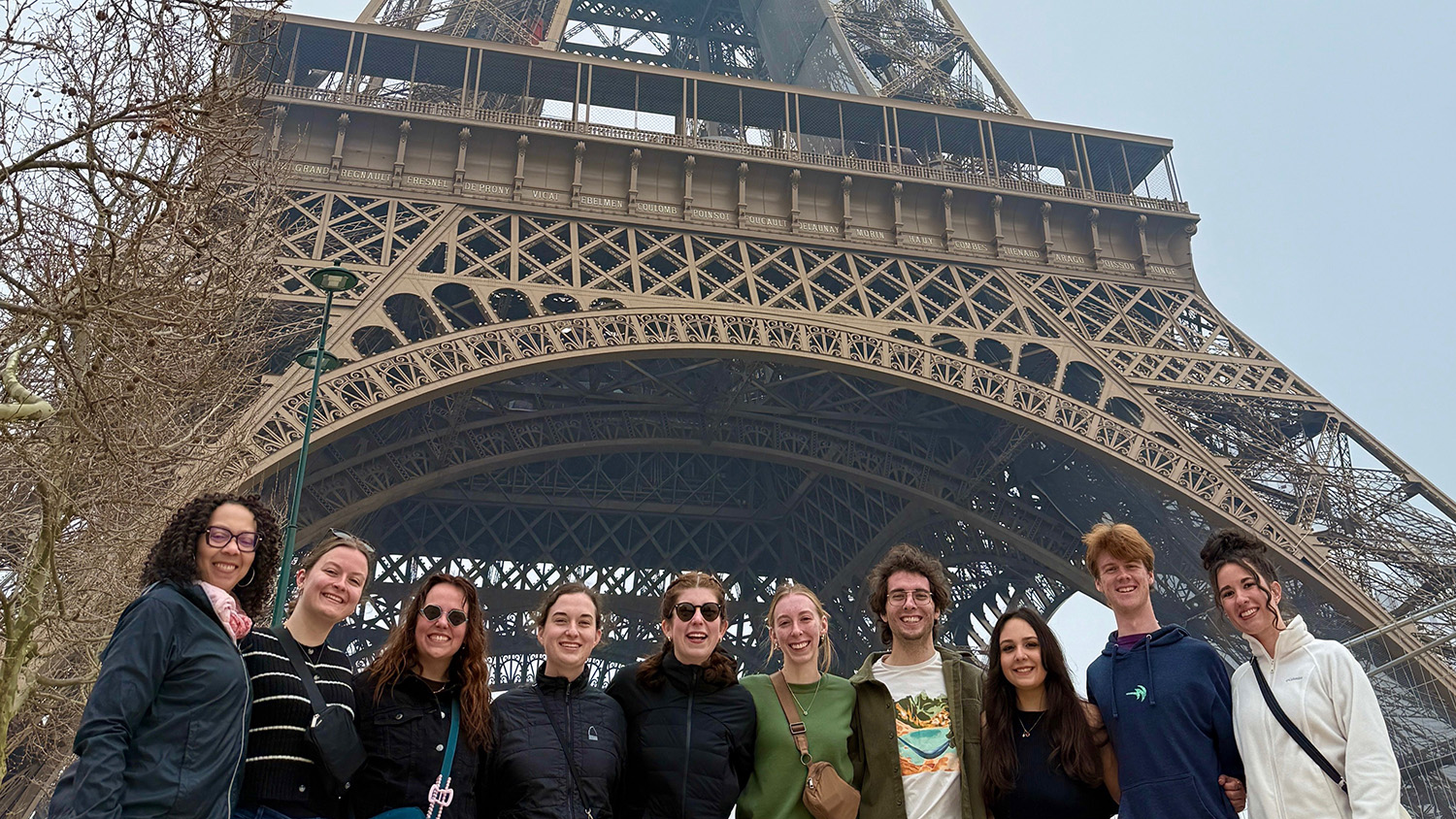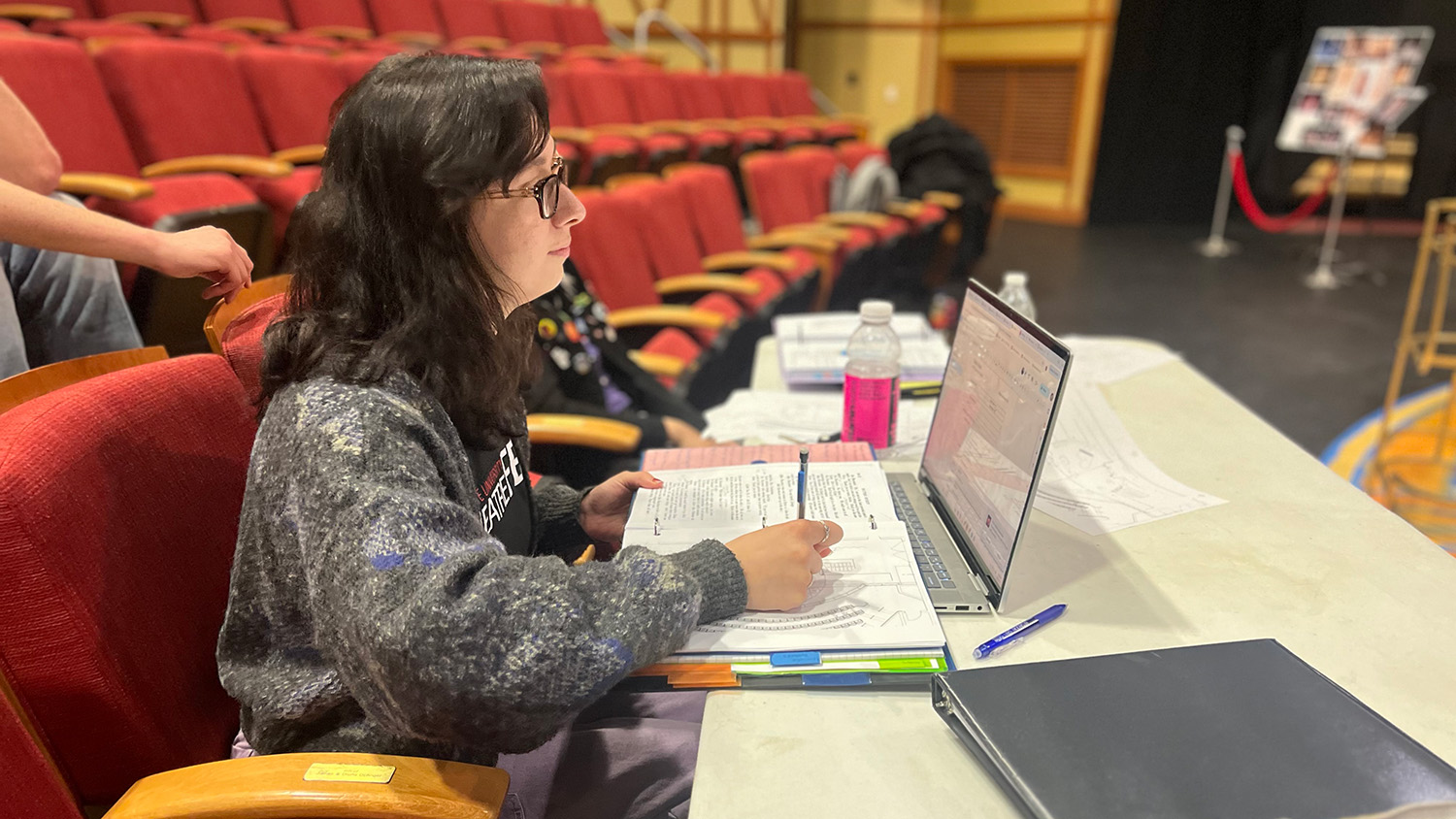Gregg Museum Relaunches Artist in Residency Program with Carl Joe Williams’ Amazing Grace
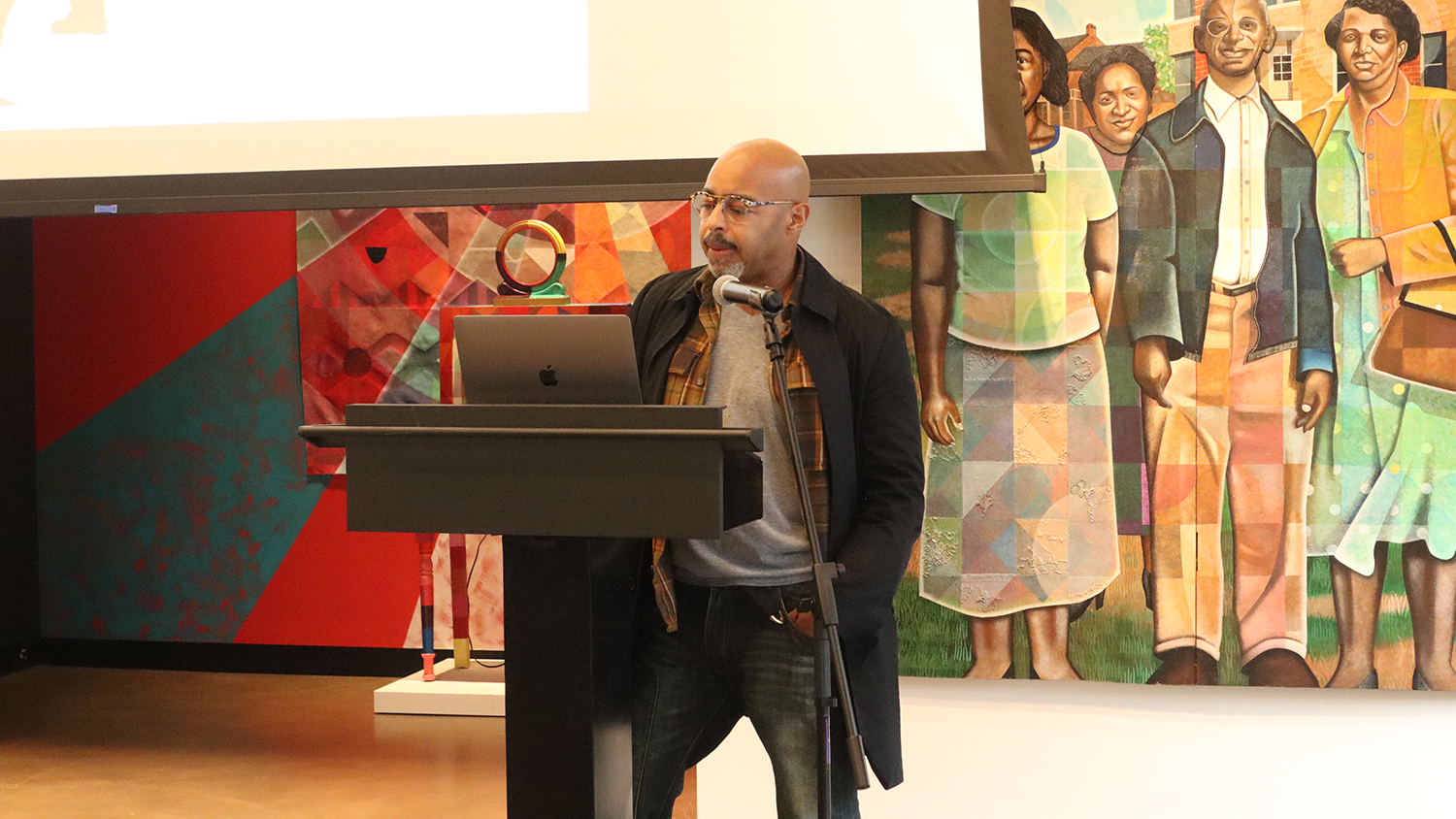
From 19th century Japanese color woodblock prints to antique North Carolina quilts, the Gregg Museum of Art & Design has over 54,000 items in its collection, which is free and easily accessible to the NC State community and public.
In addition, the museum brings exhibitions from around the globe, and this year, Sara Segerlin, who joined the Gregg Museum last summer as its museum director, recently announced the renewal of the museum’s artists residency program. These residencies will welcome various artists to campus, and are designed to engage NC State’s campus communities in dialogue around regional narratives and social impact through arts.
Segerlin explained that the program will aim to invite artists from outside the traditional urban art centers of New York City or Los Angeles, and look to champion works from regions such as the South, mid-America, the Triangle and rural areas of North Carolina.
The Gregg Museum is dedicated to harnessing the power of artists, creative thinkers, scientists, educators, students and entrepreneurs to collaboratively address real-world challenges.
“Aligned with NC State’s ;Think and Do’ motto, the Gregg Museum believes it is crucial for artists to contribute towards solving real-world challenges through art-based solutions,” Segerlin said. “The stereotype that artists merely sit in studios all day painting is outdated. Many artists are actively engaged in their communities through education, civic and volunteer services, often holding multiple jobs. The Gregg Museum is dedicated to harnessing the power of artists, creative thinkers, scientists, educators, students and entrepreneurs to collaboratively address real-world challenges through artistic solutions. My decades of experience working alongside artists and community groups have provided me with a solid understanding of the significant impact that artists can have on people’s lives. They help amplify community voices that may otherwise go unheard and assist in solving problems and creating possibilities through adaptive approaches and refreshed visions.”
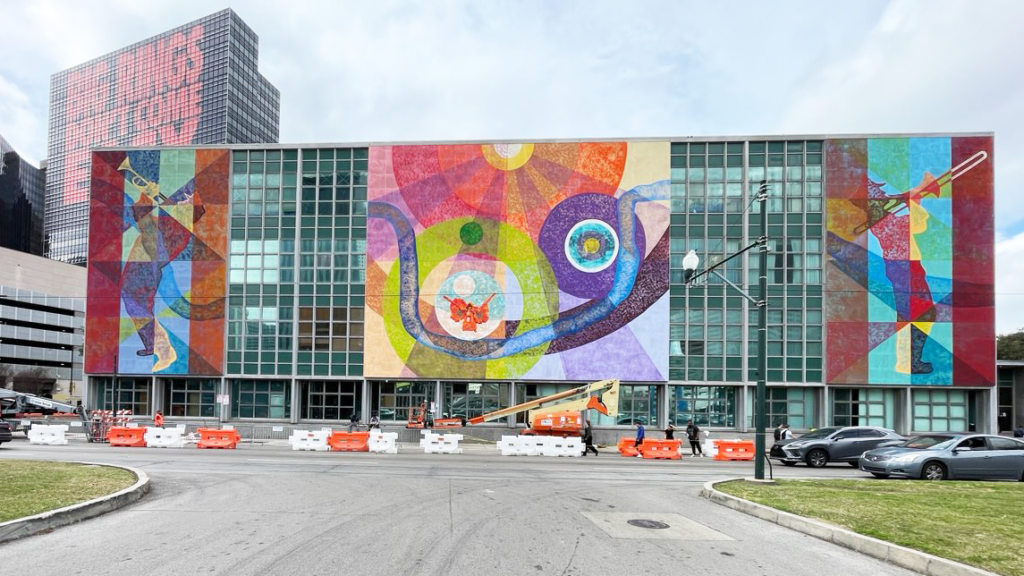
The first artist in residence for 2025 is Carl Joe Williams, who arrived in late January from New Orleans and right after his completion of a massive mural for the civic courthouse in the City of New Orleans.
Williams, a contemporary African American artist who is nationally known for his multimedia paintings, sculpture, installations and interdisciplinary works, has wasted little time immersing himself in NC State’s campus while also staying with the Art Village student community.
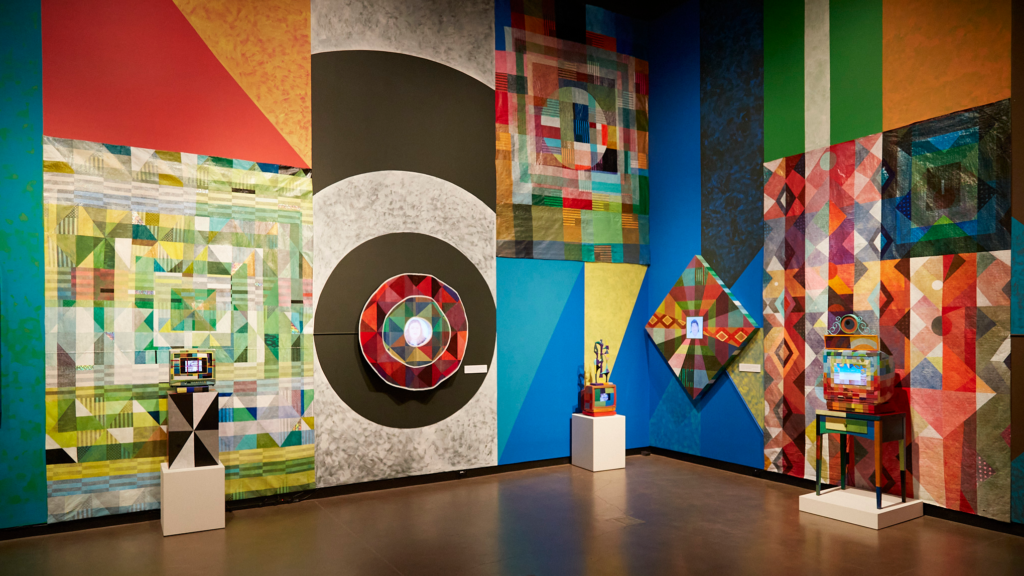
“I’ve loved it,” Williams said. “I’ve been working hard. I enjoy the students, and the staff here at the Gregg were awesome to work with.”
Williams’ Amazing Grace: Confronting the Enduring Legacy, an immersive installation combining painting, video and found objects to guide viewers through exploring humanity’s complexities will be on display at the Gregg Museum through Aug. 2.
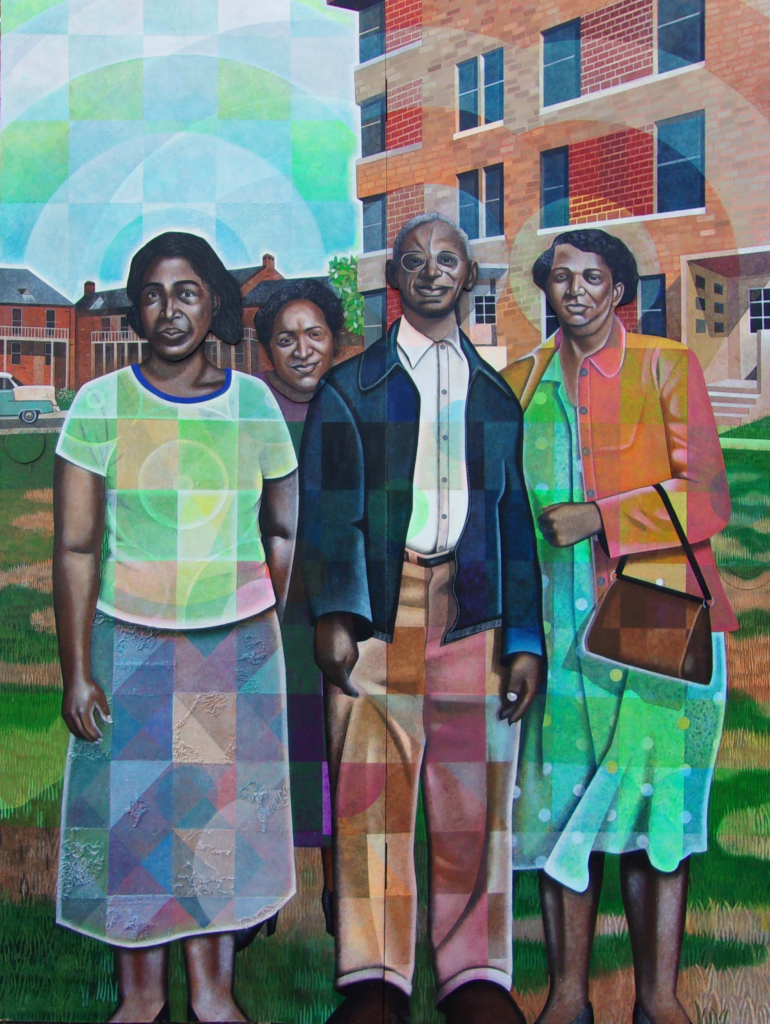
Williams explained that the installation is part of a series of similar works he created in 2020 and 2021, all of which are focused on asking and answering questions. He created a series of eight questions around the issues of race and culture in America, and started off working with community members in Jacksonville, Florida through a collaboration with the University of North Florida’s Museum of Contemporary Art.
“The idea of working with the students sounded really, really good to me,” Williams said. “I thought it was a great fit to have young people start to dismantle these ideas.”
Williams explained that the name of his piece stemmed from the origin story of the popular hymn Amazing Grace. The song originated in 1772 after John Newton, a captain in the Atlantic Slave Trade, hit bad weather on the ocean. Newton found himself ashamed of his role in the slave trade, and prayed during the storm, promising he’d change his life if he survived.
Newton became an ordained minister, and worked with poet William Cowper to compose the popular song.
“I thought it might be a really interesting title considering the history of the song,” Williams said. “So I was playing around with it for a while and decided to stick with it because I thought it was poetically beautiful.”
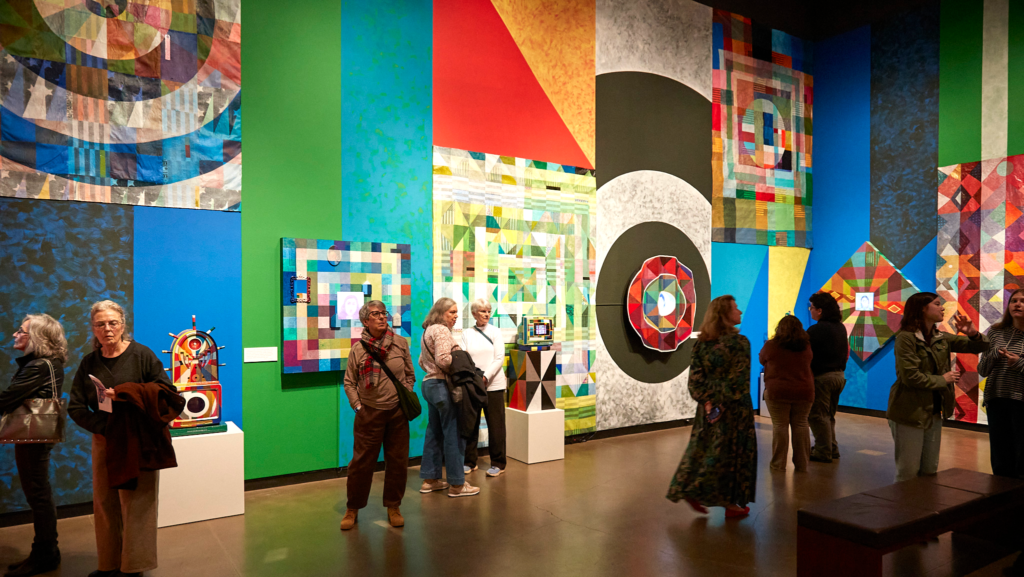
Segerlin first met Williams in her previous role as director of programming and community engagement at Crystal Bridges Museum of American Art in Bentonville, Arkansas where they worked closely together through the State of the Art exhibition engaging teens on the power of painting, sourcing found objects and mass media culture.
For Segerlin, Williams’ unique ability to nurture empathy with people and explore complex subjects such as race, culture and economics, made him an ideal fit to relaunch the Gregg Museum’s artist residency program.
“I appreciate how Carl balances a sense of playfulness and discovery with powerful, serious empathetic messages in his work,” Segerlin said. “His paintings, old-school pop culture videos and found objects convey deeper commentaries and dimensions of American society. Carl proposed the idea of involving NC State student voices to be embedded in an art installation that explores the meaning of Amazing Grace. He recognizes the significance of including the next generation’s perspectives.”
For Williams, interacting and engaging with younger generations is critical to his goals.
He views the opportunity to share his works with college students through the exhibition,class talks at the Gregg Museum and a satellite display case at NC State’s African American Cultural Center allows him to ensure the conversations sparked by his artwork will carry forward with future generations.
“I think when you’re young, you have an opportunity to be exposed to things that are actually going to help you navigate life in the future. If we can expose young people to these types of questions, they can go on with their lives and actually spread those ideas to other people, and try to do great things in their lives with the knowledge that they have about these types of patterns that are happening in our society. I know as an artist, I’ve had people coming in and out of my life, and a lot of times you don’t realize until years later how important those people were or how important that experience was.”
Segerlin explained that one of the most important goals of both the Gregg Museum’s mission and the artist residency program is to spark collaboration between artists and NC State students, staff and faculty that will uplift the sciences and creative solutions in a STEM-focused institution.
Williams sees the opportunity for synergy between STEM research and artistic works, making NC State an ideal place to bring Amazing Grace.
“I believe that art is one of those entities that brings all of those things together,” Williams said. “It gives context to a lot of the other sciences. A lot of times when people are studying math and science, and they’re able to get into an artistic space where there’s not necessarily a right answer, I think that helps them to think creatively in their own fields and practices.”
- Categories:
